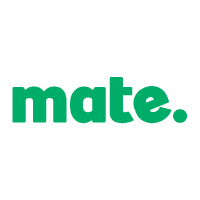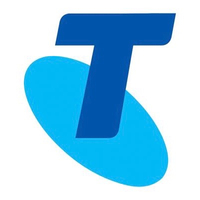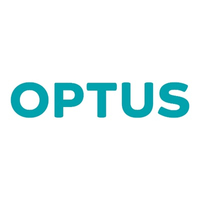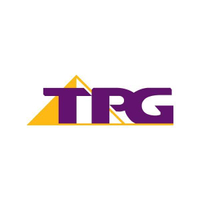Best NBN plans April 2025: I've compared the top choices for value, speed, gaming and more
I've analysed plans from over 30 providers to find the best options for every household
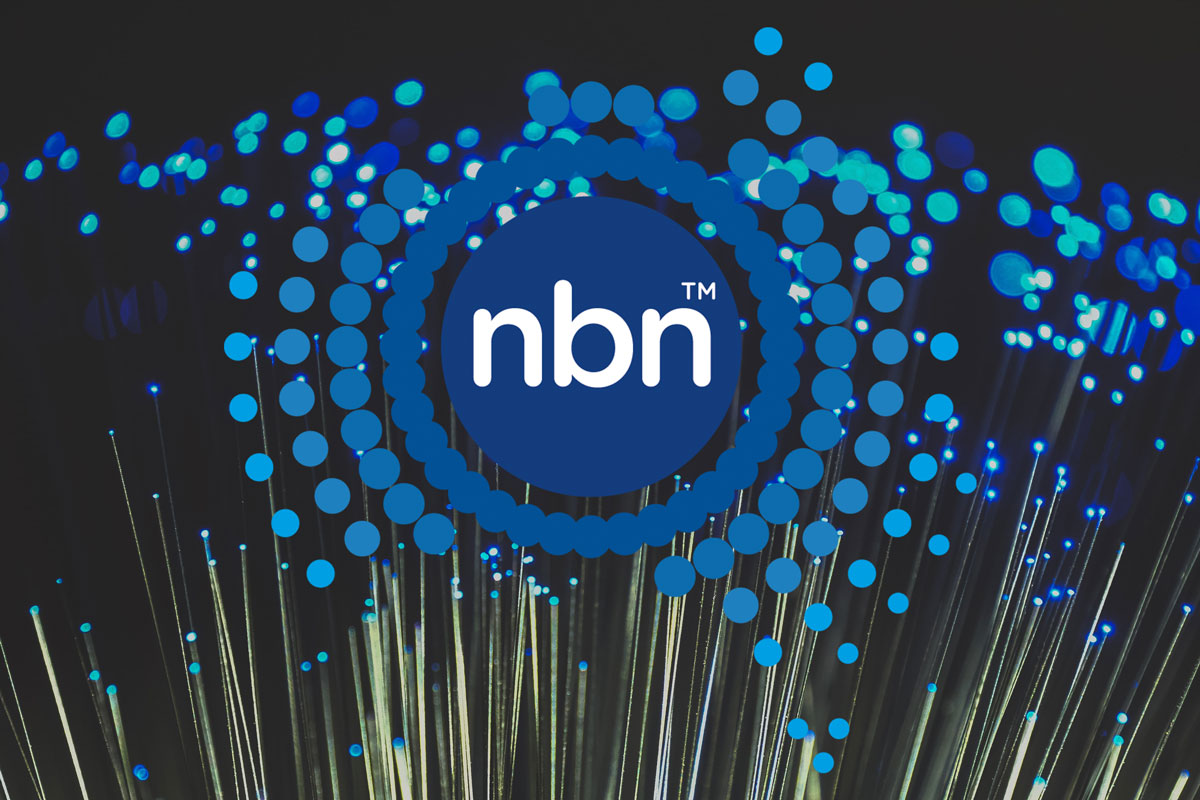
1. The list in brief
2. Best provider
3. Major telco plans
4. How we choose
5. NBN FAQ
Sometimes hunting for the best NBN deal can be hard work, especially if you've got to do it yourself and don't know where to start. In that case, let me introduce myself! As Tom's Guide's resident internet expert, I regularly monitor over 30 NBN providers on this page and showcase some of my favourite picks below.
Some of the best NBN internet plans I've seen combine incredible value and an attractive price tag — without sacrificing fast speeds or service. Ranging from the 'basic I' 25Mbps tier to the 'ultrafast' 1,000Mbps tier, if you know which NBN connection type you have — i.e. FTTP, FTTN, FTTC or HFC — it makes it all the easier to find the right plan for your home internet demands.
Generally speaking, this choice is wholly dependent on the speed tier you're after. You could need a simple NBN 50 plan for you and your housemate, or at least 250Mbps during the peak hours to keep the whole clan amused.
Most ISPs offer stellar introductory discounts over the first six months, but in rare, uncommon cases, you could score savings over the first year. That said, most ISPs have introduced price hikes in recent months, so it's more important than ever to find a quality plan with decent service for your hard-earned cash.
But enough waffling on — scroll to check out my recommendations for different speed tiers, best value and more, this month.

Meet Lucy - Tom's Guide Australia's resident expert in all things internet and NBN plans. She curates this page every month with the best NBN deals from Australia's top providers. She loves to keep tabs on all the NBN speed data and pricing research so you don't have to!
The best NBN plans in Australia right now
Below you'll find a roundup of my picks for the best NBN plans in Australia right now. I've made selections covering all speed tiers, specific uses and budgets, to help you find the NBN plan best suited to your household.
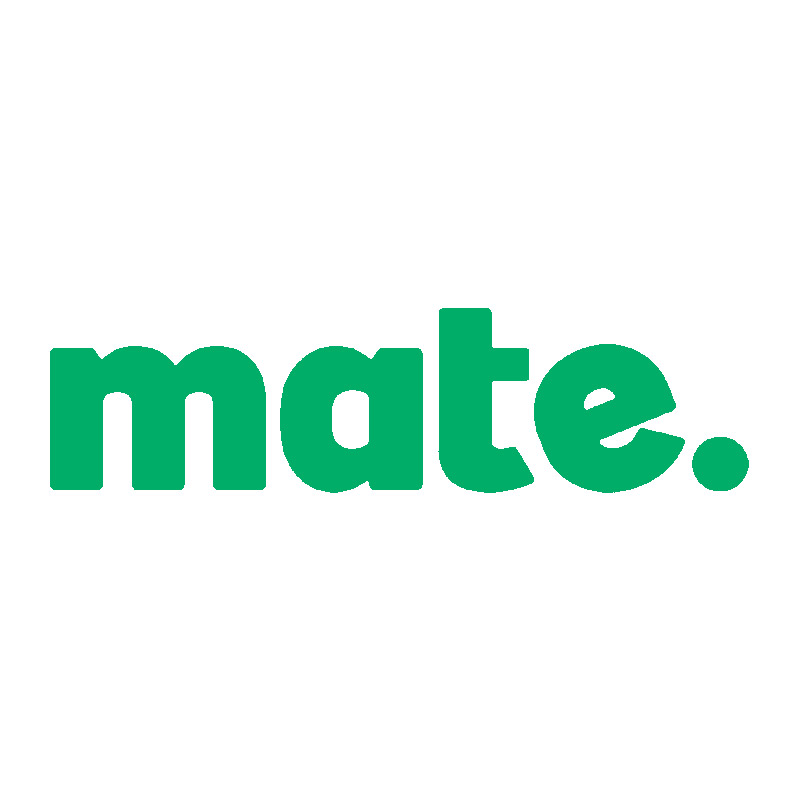
Best value NBN plan (NBN 100)
• AU$60p/m using code FUTURE30 (for 6 months, then AU$90p/m)
• First year: AU$900
• Ongoing: AU$1,080
Mate's NBN 100 plan is one of the cheapest offerings around, providing 97Mbps speeds during the typical evening hours. This plan is great for working from home, 4K streaming or gaming, and comes complete with unlimited data.
Using our exclusive code FUTURE30, you'll save AU$180 during the first six months with Mate. You'll even get a free subscription to sports streamer, Bein Sports, typically retailing at AU$14.99p/m. Plus, if you want to bundle a phone line, you can add a home voice plan and score an extra AU$10 off discount! What a win.
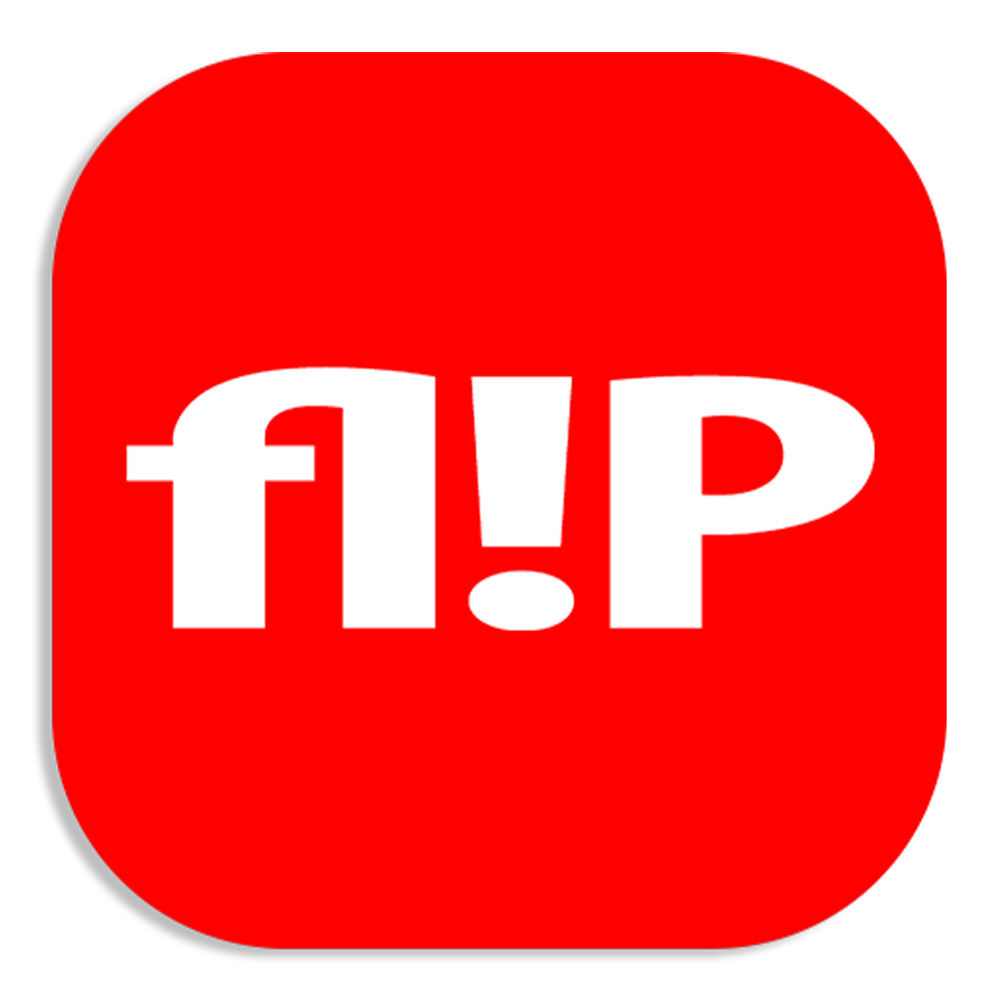
Best NBN plan for gaming (NBN 250)
• AU$84p/m (for 4 months, then AU$94.90p/m)
• First year: AU$1,095.20
• Ongoing: AU$1,138.80
Flip's one of my top-rated budget telcos that provides damn good value for less dosh. Right now, there's a nice discount on its NBN 250 plan, which is perfect for online gamers.
Recently, the telco has partnered up with Swoop, so Flip's plans have experienced a slight speed bump as a result. Its NBN 250 plan now reaches speeds of up to 241Mbps during the evening hours, providing plenty of internet for responsive and lag-free gaming.
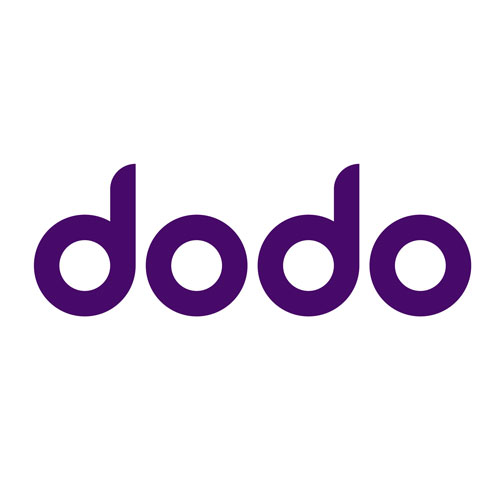
Best NBN plan for streaming (NBN 250)
• AU$83.90p/m (for 12 months, then AU$98.90p/m)
• First year: AU$1,006.80
• Ongoing: AU$1,186.80
As the cheapest and most attractive NBN 250 plan, this Dodo introductory offer slashes AU$15 off the first 12 months — that's AU$180 — before the price increases.
Advertising 250Mbps download speeds during the busy evening hours, this plan is perfect for streaming videos and calls over multiple devices, especially during the busy evening hours. Like other 250Mbps plans, Dodo's deal is only available for customers with FTTP and HFC connection types.

Best NBN plan for heavy users (NBN 1000)
• AU$90p/m using code FUTURE30 (for 6 months, then AU$120p/m)
• First year cost: AU$1,260
• Ongoing: AU$1,440
Mate's newest offering has just gotten a nice speed bump — and introductory discount to match. Advertising 831Mbps during the busy evening hours of 7pm to 11pm, this plan is one of the most inexpensive ultrafast plans right now, falling behind SpinTel's desirable offer.
Using our exclusive code FUTURE30, you'll save AU$180 during the first six months with Mate. You'll even get a free subscription to sports streamer, Bein Sports, typically retailing at AU$14.99p/m. What a win.

Best NBN plan for light users (NBN 25)
• AU$53p/m (for 6 months, then AU$65p/m)
• First year: AU$708
• Ongoing: AU$780
Slicing AU$72 off the first year, Buddy Telco's NBN 25 takes my top spot for light users this month — and for good reason.
You'll clock in 24Mbps during the busy evening hours, which is enough for single or two-person households with minimal internet usage. The ongoing monthly cost is pretty reasonable too, as it'll only set you back AU$65p/m, as the average is AU$70.93p/m for the tier.

Best NBN plan for large households — 4+ people (NBN 1000)
• AU$90p/m
• Yearly cost: AU$1,080
SpinTel's NBN 1000 offering now boasts a massive 860Mbps. If maximising your savings and having ultrafast speeds is your top priority, SpinTel recently slashed the price of this ultrafast tier by AU$10.95. Although there’s no introductory discount, that everyday price is so low that it’s still the cheapest NBN 1000 option you can currently find.
Which is the best NBN provider?
Best NBN provider this month — Mate
While SpinTel has got some seriously great deals at the moment, it would be remiss not to award this coveted title to Aussie favourite telco, Mate, this month. For starters, its new NBN 1000 plan costs the same as SpinTel's offering, but you'll score a free Bein Sports subscription alongside your plan.
Plus, you can bundle a mobile phone and score an additional AU$10p/m off, making it all the more attractive to switch to the sport-loving provider.
Best NBN plans: major telcos
When searching for NBN plans, you may be inclined to automatically look at the three major telcos of Telstra, Optus and TPG. But most of the time, these three are usually among the most expensive options. However, if you do sign with any of the major three telcos, you are likely to get a reliable and high-performing service, and this is backed up by reporting data from the ACCC.
What's more, Telstra and Optus often throw in additional perks for free. Such benefits include modems with 4G data backup, allowing you to stay connected if your fixed line NBN connection suffers an outage, as well as free trials to various streaming services.
If you’re looking for an NBN plan from Telstra, Optus or TPG these are our plan recommendations:
Best Telstra NBN plan for most people
Why you can trust Tom's Guide
Telstra | NBN 100 | Unlimited data | No lock-in contract | AU$105p/m
Telstra’s 100Mbps NBN plan is the most expensive right now, based on our research using data from WhistleOut. As this page has shown, you can get much cheaper by shopping around. But, as we've also said, you do get additional perks with Telstra, such as free trials to various streaming services, including Spotify and Binge.
Total minimum cost: AU$105 | Yearly cost: AU$1,260
Best Optus NBN plan for most people
Optus | NBN 100 | Unlimited data | No lock-in contract | AU$89p/m (for 6 months, then AU$99p/m)
If you're a fan of Optus, then this deal may be your best bet. Slashing AU$60 off the first six months before the price increases, this fast plan advertises 100Mbps during the typical evening hours.
Do note that the plan will increase to AU$99p/m after the discount period ends, which is higher than the average cost of this speed tier of AU$92.01p/m.
This plan's minimum cost is AU$385, as it includes the modem; however, you won't pay any additional fees for the modem if you remain connected for 36 months or more.
Minimum monthly cost: AU$385 (including modem fee) | Total first year cost: AU$1,128 | Yearly cost after discount: AU$1,188 (excluding modem)
Best TPG NBN plan for most people
TPG | NBN 100 | Unlimited data | No lock-in contract | AU$79.99p/m (for 6 months, then AU$94.99p/m)
While it's technically the cheapest of the big three, TPG's 100Mbps NBN plan has been on the receiving end of a AU$5/month increase within the past month. We feel we could recommend it even more had this increase not been made.
Regardless, TPG does advertise good speeds, even during the busy evening hours, and there's no early exit fee. You do need to pay an upfront cost for a modem if you need one.
Total minimum cost: AU$79.99 | Total first year cost: AU$1,049.88 | Yearly cost after discount: AU$1,139.88
- Telstra vs Optus NBN: who has better broadband?
- Want to see other NBN plans? You can use our NBN plan finder to compare a huge range of Australian NBN plans
How we choose
How I judge the best NBN plans
To select my picks for the best NBN plans, I consider and weigh the following key aspects of fixed-line NBN plans:
Speed: Each speed tier indicates the maximum speed available, for example, an NBN 50 plan is able to reach download speeds of 50Mbps. However, not every provider will be able to reach the maximum speed available during the busiest evening hours, which fall between 7–11pm. NBN providers are required to report their typical evening speeds, so we first look for plans that advertise the maximum speeds during these busier hours. For the Ultrafast NBN 1000 plan, no provider currently advertises the theoretical maximum. The fastest speed I've seen advertised so far is Swoop's 900Mbps.
Price: Price is perhaps the most important factor in my decision-making. I initially look for the cheapest plans across each speed tier, and then if I don't think the download speed is worth it, i.e. it's too slow, I'll then look to the next cheapest to see how it compares. The majority of NBN providers offer 6 month introductory discounts on their plans, and these prices can sometimes be deceptive. This is why I give you information relating to the yearly cost you can expect to pay once that introductory discount expires.
Data allowance: The majority of fixed-line NBN plans offer unlimited data, so in all but exceptional cases, I only recommend plans with an unlimited data allowance.
Performance: The ACCC monitors the performance of some of the top NBN providers in Australia, so I always take this data into account when making my recommendations. If the ACCC doesn’t monitor a particular internet provider, I also look at the feedback provided by real users on sites such as Whirlpool.
Perks: I consider perks as nice to have, but they carry less weight compared to other factors in my decision-making. Some examples of perks include Australian-based customer support, or the ability to include a home phone service. Other perks can enhance the performance of your service, such as the ability to bump your plan’s regular speed up to the next available tier on five days of your choosing – a feature offered by Exetel and Superloop.
NBN FAQ
What is the NBN?
The NBN (National Broadband Network) is Australia’s national infrastructure for phone and internet services. The government initiative was first proposed in 2007 and was deemed to be 90% complete in 2020. NBN services are now available to virtually all Australians in some form, whether it be a fixed-line service, facilitated by optical fibre cables or a fixed-wireless service, which uses towers emitting 4G signals.
Which NBN speed is best for me?
NBN offers six main speed tiers for consumer connections. There are official names for these (ranging from ‘Basic 1’ to ‘Ultrafast’) but most providers refer to them as a number, relating to the expected download speed. The speed of internet service you can achieve at your property is determined by the physical connection type you have.
The six main NBN speed tiers available are:
NBN 12 (Basic 1): 12Mbps download | 1Mbps upload | All NBN connection types | 1 user
NBN 12 is best suited for a single-person household. Even then, the 12Mbps maximum download speed is only going to be good for browsing the internet, sending emails and watching video content in up to 1080p quality. If you want to stream 4K video content (or to multiple devices simultaneously) on services like Netflix, then NBN 12 likely won't be fast enough.
NBN 25 (Basic II): 25Mbps download | 5Mbps upload | All NBN connection types | 1-2 users
With NBN 25, up to two people can comfortably browse the internet at the same time and stream a range of music and video content in up to 1080p quality. You may be able to watch 4K streaming video, but only on a single device at a time.
NBN 50 (Standard): 50Mbps download | 20Mbps upload | All NBN connection types | 2-4 users
The most popular NBN speed tier, NBN 50 is designed to allow up to four users to browse, stream and download content with ease. NBN 50 is also a good speed tier for people needing to use video chat a lot at home. NBN 50 is the most popular NBN plan in Australia.
NBN 100 (Fast): 100Mbps download | 20Mbps upload | All NBN connection types | 5+ users
Well suited to 4K video streaming and allows for multiple users to be online at the same time.
NBN 250 (Superfast): 250Mbps download | 25Mbps upload | FTTP, HFC connections | 5+ users
Incredibly fast internet speeds allow multiple users to stream 4K video content and download large files at the same time.
NBN 1000 (Ultrafast): 1000Mbps download | 50Mbps upload | FTTP, HFC connection | 5+ users
Currently, the fastest possible NBN speed tier, although very few telcos actually achieve the full 1000Mbps download speeds, especially during the evening.
What does 'typical evening speed' mean?
You'll see the term 'typical evening speed' advertised against all NBN plans, and it refers to the average download speed you can expect to realistically achieve during the busy evening hours of 7pm - 11pm.
Different providers of NBN plans may advertise different typical evening speeds, so be sure to keep an eye out for this figure when searching for a new plan. On speed tiers ranging up to NBN 100, the typical evening speed figure is less important than it used to be.
The speeds realistically achievable in Australia have improved in recent years, and you'll now find some internet service providers will advertise the maximum possible speed of the NBN tier you're on. In some cases, your evening speed could actually exceed the theoretical maximum limit of your tier.
Which NBN provider is the cheapest?
The NBN speed tier you're considering will determine which NBN provider is the cheapest. A fast NBN 100 plan will naturally cost you a fair amount each month. But within these fast NBN plans, you can find some good deals that will save you money.
The cheapest NBN plan available in Australia is Flip Connect's NBN 12 plan, which costs AU$39p/m for the first 6 months, before increasing to AU$52.90p/m.
Head to our best NBN deals page for a regularly updated list of popular, affordable internet plans.
Is there an alternative to NBN?
Yes, there is, in the form of 5G home internet. 5G home internet uses a modem to connect to nearby 5G mobile towers, which then delivers internet around your home via Wi-Fi. It can have multiple benefits, including being easy to install, achieving superfast speeds and being competitively priced.
Other NBN alternatives include satellite internet for people who live in rural and remote parts of Australia and can't get connected to a fixed-line NBN service.
Sign up to get the BEST of Tom's Guide direct to your inbox.
Get instant access to breaking news, the hottest reviews, great deals and helpful tips.

Lucy Scotting is a digital content writer for Tom’s Guide in Australia, primarily covering NBN and internet-related news. Lucy started her career writing for HR and staffing industry publications, with articles covering emerging tech, business and finance. In her spare time, Lucy can be found watching sci-fi movies, working on her dystopian fiction novel or hanging out with her dog, Fletcher.
